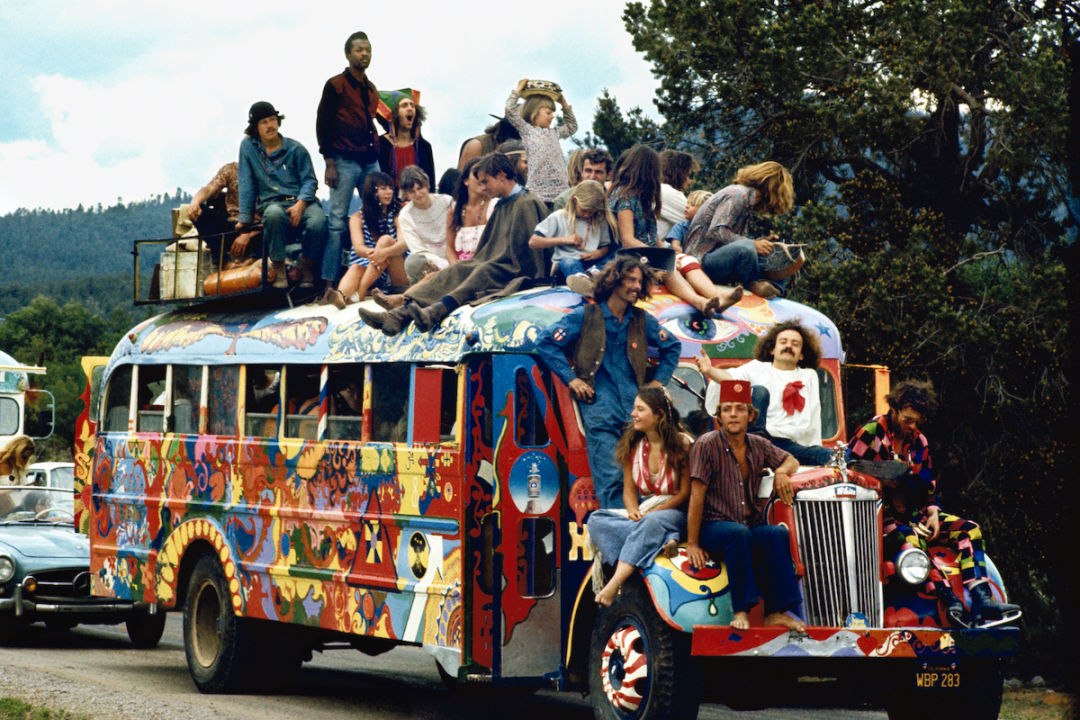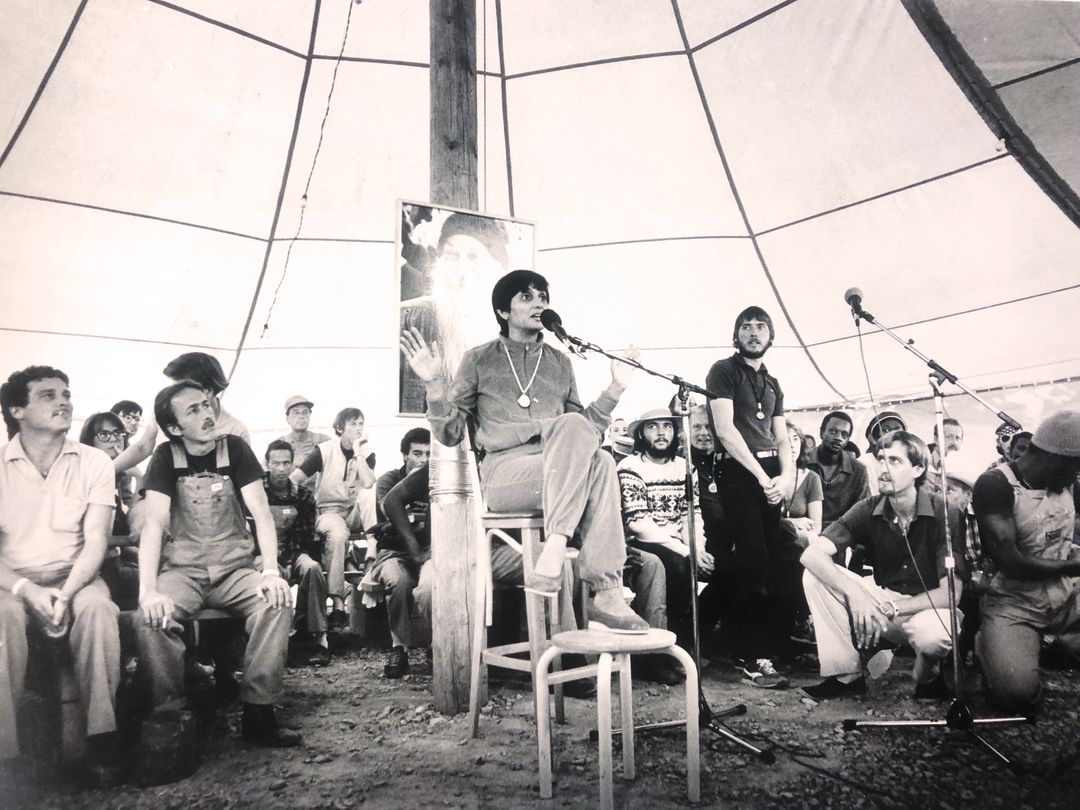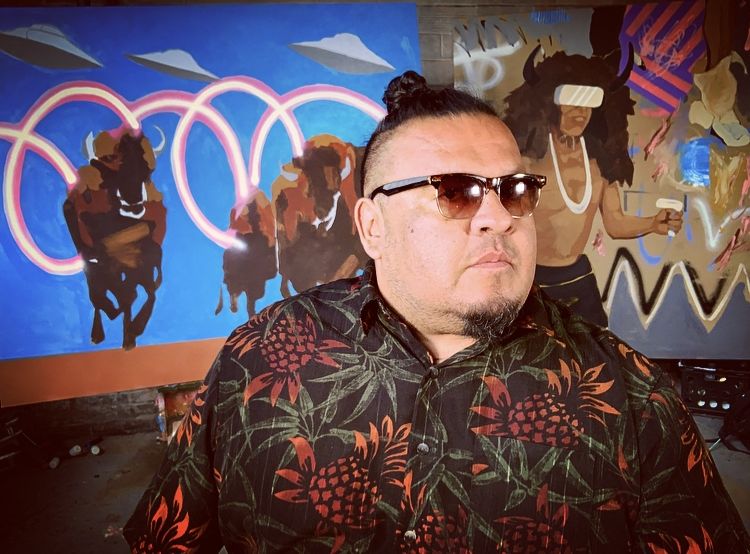What Does Your Perfect World Look Like?

The community of Hog Farm began in 1966 in Southern California. In exchange for rent, community members fed and cared for pigs, which led to their name. The Hog Farmers rejected the “American dream” and could be found at Woodstock and other music festivals of the late ‘60s. Hog Farm exists to this day.
Image: Lisa Law
In July 1981, the Chidvilas Rajneesh Meditation Center in New Jersey purchased the Big Muddy Ranch outside of Antelope, Oregon for the purpose of creating a permanent settlement around the teachings of spiritual leader Bhagwan Shree Rajneesh. With the intentions of creating a sustainable community, almost 7,000 people moved to what became known as Rajneeshpuram. By September 1985, top leaders fled the compound and the community dispersed.
For generations, people have journeyed to the High Desert and Western United States with their own visions of an idyllic society, ranging from the artistic communes of the 1960s and 1970s, such as Drop City, to current ecological and architectural experiments like Arcosanti in central Arizona.

Ma Anand Sheela, one of the leaders in Rajneeshpuram—which thrived in the early 1980s in Antelope, Oregon, speaks to followers of Bagwan Shree Rajneesh.
In the new, original exhibit Imagine a World, opening Saturday, January 29, the High Desert Museum in Bend examines efforts over the decades to create ideal societies throughout the West—and what we can learn from them. And through an interactive element, Imagine a World gives visitors the opportunity to articulate what kind of world we want to live in for the future.
Explore the psychedelic communities of the late 1960s and early 1970s that sought to offer an alternative to capitalism, individualism and societal expectations. Delve into Biosphere 2, where in 1991 eight people sealed themselves into domes of glass for more than two years to create their own atmosphere, grow their own food and sustain life. While their experiment failed, Biosphere 2 remains a site of scientific inquiry and learning.

Frank Buffalo Hyde, a New Mexico painter of Nez Perce and Onondaga heritage, is one of the Indigenous artists whose work will appear in the High Desert Museum's new exhibition.
Image: Frank Buffalo Hyde
In addition to examining physical settlements, Imagine a World features several Native artists— including Frank Buffalo Hyde, who is of Onondaga and Nez Perce heritage—who envision alternative worlds and recognize the ways that cosmology, science and futurism have long been part of Indigenous worldviews and oral traditions. Called Indigenous futurisms, the artists imagine Native people well into the future, including in the realms of science fiction and outer space.
At the culmination of the exhibit, visitors may contribute what they believe should be included in an ideal society through an interactive, immersive experience.
“The intentional communities featured in the exhibit all pose interesting questions,” said Laura Ferguson, Ph.D., High Desert Museum senior curator of Western history and curator of Imagine a World. “By exploring the ideas that inspired each group, we’re able to consider what we might learn from each society and imagine more possibilities. Ultimately, we hope the exhibition sparks conversations about what kind of world we want today.”
Imagine a World will be open through September 25, 2022.
